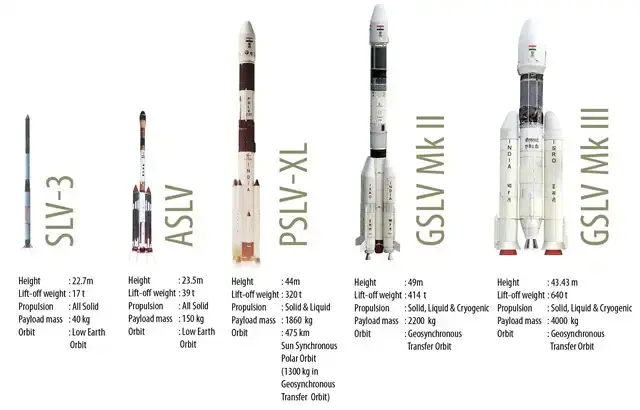FIVE AMAZING FACTS ABOUT THE CHANDRAYAAN 3
- Raktangi Swain
- Jun 3
- 3 min read
The Chandrayaan 3 is the third lunar mission sent by the Indian Space Research Organization (ISRO)—the mission aimed to perform a soft landing. The mission also conducted various scientific experiments on the moon, the only natural satellite of the Earth. The Chandrayaan 3 was launched from Sriharikota. Continue reading this article to learn about the five amazing facts about the Chandrayaan 3.

THE CHANDRAYAAN 3
The Chandrayaan 3 consists of a lander module, a propulsion module,23 August and a rover. It took off from the LVM-3 launcher. The propulsion module carried the lander and the rover to a 100 km lunar orbit. The Chandrayaan 3 landed on the Moon on 23rd August, 2023.
FIVE AMAZING FACTS ABOUT THE CHANDRAYAAN 3
FOCUSSED ON LANDING
The Chandrayaan 3 focused mainly on a soft landing on the moon. It overcame the challenges from the Chandrayaan 2, which consisted of an orbiter, a lander, and a rover. The Chandrayaan 3 did not consist of an orbiter; rather, it focused only on the lander and rover components. The Chandrayaan 2 already has an orbiter which successfully entered the lunar orbit, which is still functioning and is giving important information and support for future lunar missions. By utilizing the present Chandrayaan 2 orbiter, Chandrayaan 3 became capable of saving resources and focused on its main aim of landing successfully. The Chandrayaan 3 leveraged the already present orbiter in the lunar orbit for communication and terrain mapping while it was on its mission.
PROPULSION MODULE
The Propulsion module carried the lander and rover from the injection orbit to 100 km lunar orbit. The module consists of a spectro-polarimetry of habitable planetary shape (SHAPE) payload, for analyzing the polarimetric and spectral measurements of Earth from the orbit of the Moon. The main work of the propulsion module is to carry the lander module from the launch vehicle injection orbit till the separation of the lander.
THE LANDER
The lander of Chandrayaan 3 is the Vikram Lander. The main objective of the Vikram lander was to show the potential of the Indian aerospace industry to land on the surface of the moon. The function of the Vikram lander was also to deploy a rover for exploring the lunar surface and conducting scientific experiments on the surface. The lander demonstrated the soft and secure landing technology. The Chandrayaan 3 lander used a thermometer-like probe for measuring the temperature on the lunar soil, which is the first-ever measurement of its kind. The Vikram lander successfully landed on the Moon, making an important accomplishment for the ISRO.
THE ROVER
The lander deployed the rover of Chandrayaan 3 on the lunar surface, which is the Pragyan Rover. The rover was used to analyze the lunar soil and rock. The rover is kept inside the lander before launching. The rover has collected information about the elemental composition and thermal properties. Analysis done by the rover noticed that elements like sodium, magnesium, and iron are present on the lunar surface. The rover also found sulfur in the lunar soil, which indicates that there was volcanic activity on the moon.
AIMED FOR PRECISION
The Chandrayaan 3 mission aimed for precision by utilizing the soft landing technology. It was a high-precision landing. India became the first country to land on the south pole of the Moon. This area is an area of great interest because of the possibility of the presence of water ice on the Moon, which can be used for resource extraction and support future lunar bases. The Chandrayaan 3 mission proved that India is capable of successfully carrying out a complex lunar mission.
CONCLUSION
The Chandrayaan 3’s Vikram lander successfully landed on the Moon on the 23rd August, 2023. The lander deployed the Pragyan Rover after landing, and it began exploring the surface of the moon. The propulsion module, which carried the lander and rover to the orbit of the moon, was moved from the lunar orbit to a high Earth orbit on 4th December, 2023, after the aim of the mission was completely fulfilled.
This article will give you knowledge about the ISRO Active Launcher Part 1.

Comments